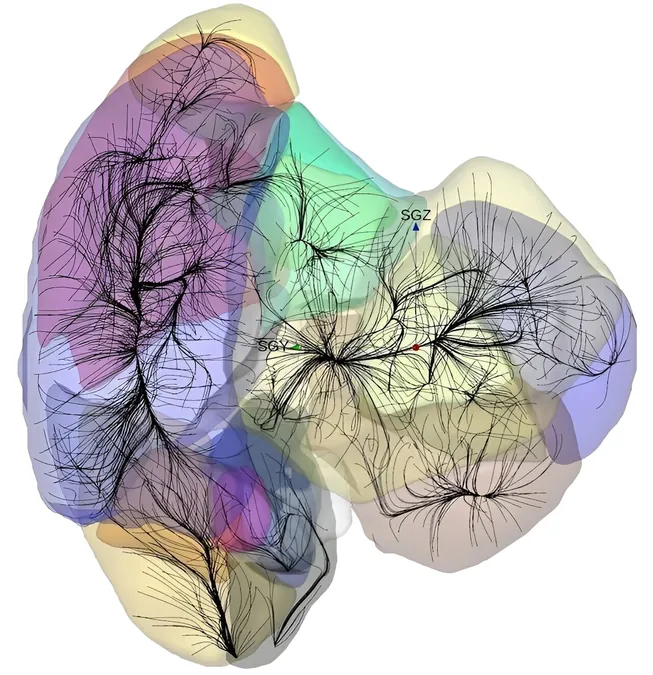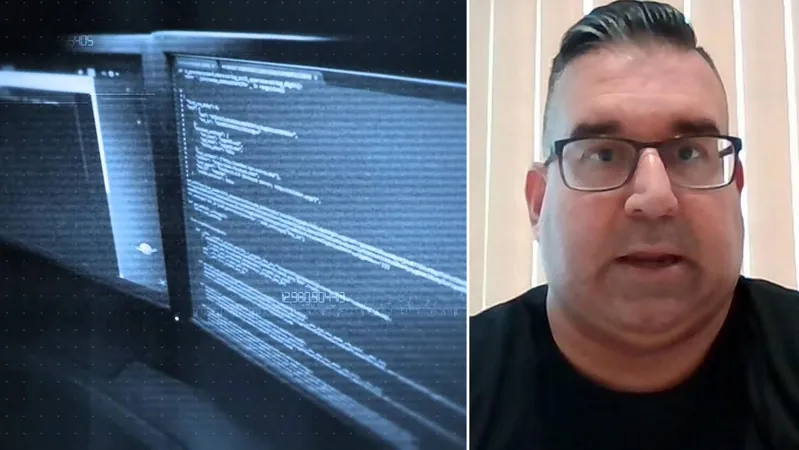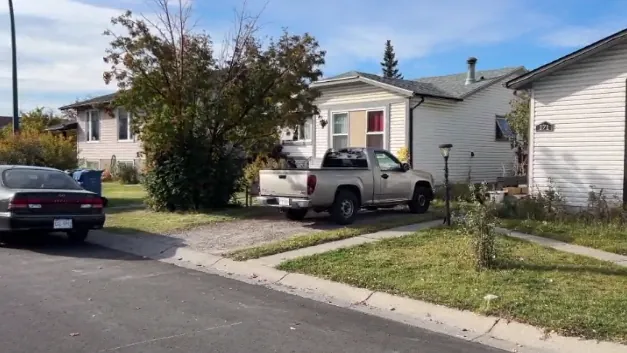
Shimmering Solutions and Cosmic Catastrophes: The Week in Science
2024-10-12
Author: Jacques
Environmental Innovation: The Glitter Dilemma
In a significant advancement from researchers at the University of Melbourne, a solution to the infamous glitter problem has been unveiled. Glitter, those iridescent particles that beautify everything from crafts to cosmetics, poses a severe environmental hazard as a form of microplastic. These tiny, glittery bits, made from polyethylene terephthalate (PET), are toxic to marine life and can contribute to serious health problems in land animals that ingest them.
Recognizing the urgent need for eco-friendly alternatives, the team has developed biodegradable glitter made from cellulose— a sustainable material sourced from plants like trees and grass. Unlike conventional glitter that harms soil-dwelling microorganisms and contributes to environmental degradation, this innovative cellulose glitter has been found to have no adverse effects on soil health. With the European Union's ban on traditional glitter and the growing environmental consciousness, this breakthrough gives hope for safer celebrations and crafts without compromising the planet.
Forests That Fight Climate Change: The Power of Biodiversity
It may seem simple: plant vast mono-species forests to absorb carbon dioxide and combat climate change. However, recent research from the University of Birmingham reveals that this approach may actually be harmful. Contrary to popular belief, diverse forests with a mix of tree species provide a much more effective means of carbon sequestration.
Slower-growing species, with longer lifespans, tend to capture more carbon over time compared to fast-growing trees that may sequester a lot initially but decline faster. Analyzing over 1,127 tree species across the Americas, the researchers found that mixed forests can considerably enhance carbon storage capabilities. Co-author Dr. Adriane Esquivel-Muelbert emphasizes that promoting forest biodiversity is critical for maximizing carbon capture and building resilience against climate change. This research offers a roadmap for restoration and conservation efforts that prioritize ecological diversity.
The Cosmic Landscape: Understanding Our Galactic Neighborhood
In an exciting twist for astronomers, recent findings from the University of Hawai'i have expanded our understanding of the cosmic structures surrounding us. Initially thought to reside in the Local Supercluster, researchers now propose that our Milky Way is part of an even larger entity known as the Laniakea Supercluster, which comprises about 100,000 galaxies.
But the revelations don't stop there. New data suggests that Laniakea is part of an even bigger gravitational formation called the Shapley Concentration. This massive structure, ten times the size of Laniakea, exerts a gravitational pull that influences its surroundings, prompting the Local Group—including our galaxy—to move towards it. As researchers continue to unravel the complexities of the universe, the quest remains to determine the extent of gravitational influence exerted by such superstructures.
As we delve deeper into these scientific revelations, it becomes clear that understanding both our planet and our universe is a dynamic journey, one that challenges and inspires innovation for a sustainable future.









 Brasil (PT)
Brasil (PT)
 Canada (EN)
Canada (EN)
 Chile (ES)
Chile (ES)
 España (ES)
España (ES)
 France (FR)
France (FR)
 Hong Kong (EN)
Hong Kong (EN)
 Italia (IT)
Italia (IT)
 日本 (JA)
日本 (JA)
 Magyarország (HU)
Magyarország (HU)
 Norge (NO)
Norge (NO)
 Polska (PL)
Polska (PL)
 Schweiz (DE)
Schweiz (DE)
 Singapore (EN)
Singapore (EN)
 Sverige (SV)
Sverige (SV)
 Suomi (FI)
Suomi (FI)
 Türkiye (TR)
Türkiye (TR)